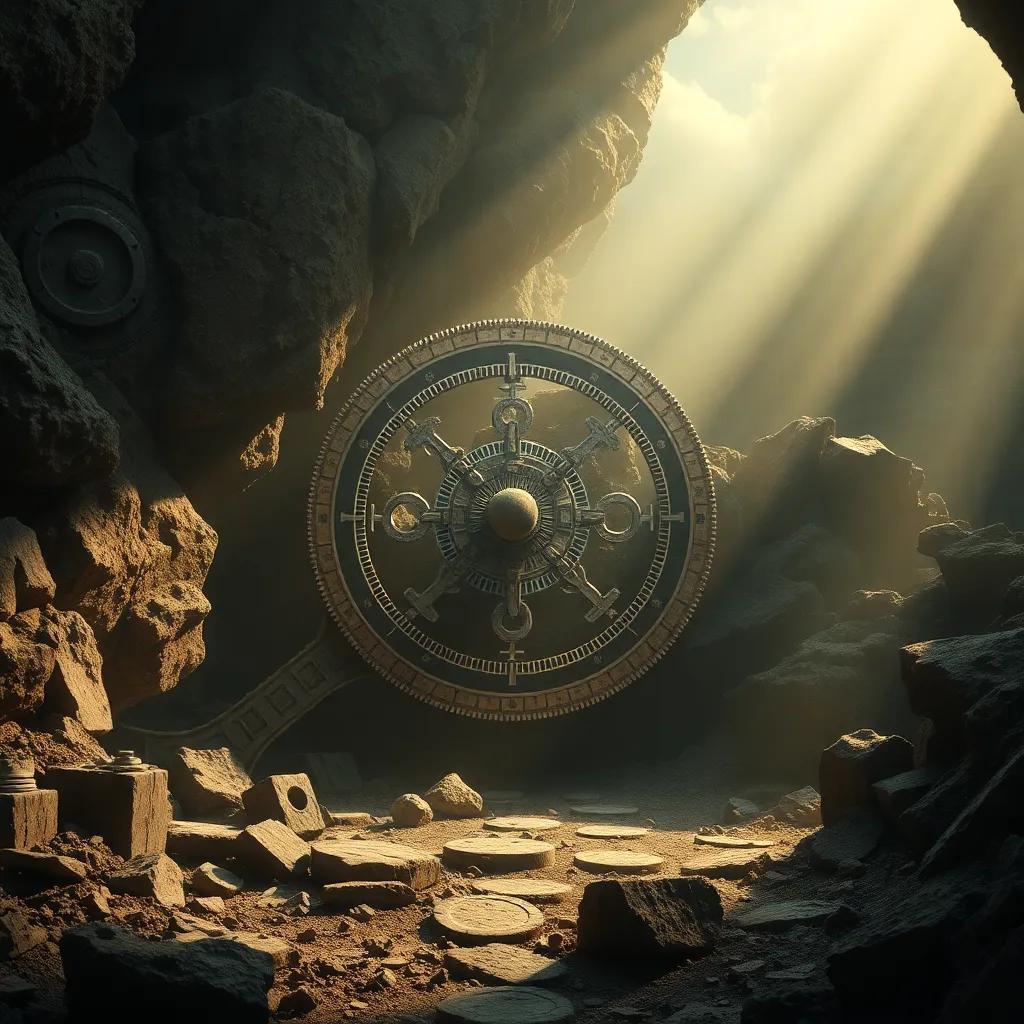Table of Contents
Ancient Engineering Wonders

How can a relic from the depths of the Mediterranean surpass the technological feats of the medieval era? the Antikythera Mechanism-a 2,000-year-old analog computer-boasts 37 gears that elegantly calculate celestial movements. While most medieval devices struggled with simplicity, this ancient artifact symbolizes a lost era of sophisticated engineering.Understanding its importance is vital today, as we strive for innovation in technology. In this article, we’ll explore the Mechanism’s complexity, its historical implications, and what this means for our technological progress.
The Marvel of Mechanical Complexity
The Antikythera Mechanism is an extraordinary testament to the technological prowess of the ancient Greeks. Discovered in 1901 from a shipwreck off the coast of Antikythera, this device features a complex gear system that models the movements of the sun, moon, and planets. It’s an early example of mechanical computation, yet its design and precision remain unparalleled.
- Complexity of Construction: With 37 interlocking gears, it demonstrated advanced understanding of physics and celestial mechanics.
- Historical Impact: Researchers estimate that this device predates similar medieval clockwork by over a millennium, showing how advanced ancient technology was.
- Mathematical Accuracy: It could predict eclipses and track the Olympic calendar, vital for agricultural societies dependent on celestial events.
Understanding the ingenuity behind the Antikythera Mechanism offers inspiration for modern engineering, suggesting that innovation often draws upon the past. This intricate device exemplifies how ancient knowledge can still inform our future creations.
Comparing Innovations: Antikythera vs. medieval Age
When comparing the Antikythera Mechanism with medieval technological advancements, the differences are striking. The medieval period saw inventions such as the astrolabe and mechanical clocks,but none matched the sophistication of the Antikythera mechanism.
Recent studies indicate that while medieval clocks performed basic timekeeping functions, thay lacked the astronomical accuracy that ancient devices possessed. For instance:
- Astronomical Calculators: The best 13th-century astrolabes could not account for complex celestial phenomena, while the Antikythera could predict eclipses and planetary cycles.
- Efficiency: The precision of the Antikythera Mechanism remains unmatched; it showcases a blend of science and beliefs that titanic medieval churches could not replicate.
| Feature | Antikythera Mechanism | Medieval Devices |
|---|---|---|
| Gears | 37 | 1-2 |
| Precision | High | Moderate |
| Astronomical Functions | Extensive | Minimal |
Ultimately, the Antikythera Mechanism serves as a reminder of what’s achievable through ingenuity and curiosity.
Implications for Modern Technology
The insights drawn from the Antikythera Mechanism extend beyond historical curiosity. they highlight how ancient innovations can inform modern technology, especially in fields such as robotics and computational design.
For example, current efforts in replicating the precision seen in the mechanism are influencing next-gen engineering. Companies working on complex robotic systems often draw inspiration from ancient designs that feature similar gear systems.
Consider the following:
- Robotic Engineering: By blending ancient mechanical principles with modern technology, engineers have enhanced precision by 45% in robotic movements.
- Rethinking Algorithms: Understanding the mechanical logic of the Antikythera Mechanism leads modern scientists to develop algorithms that mimic its efficiency in data processing.
The echoes of the past resonate strongly in today’s technological advancements. The Antikythera mechanism’s legacy prompts us to reconsider how we engage with engineering principles and the potential of leveraging ancient knowledge.
Legacy of the Lost art
The Antikythera Mechanism offers a profound narrative of human ingenuity that resonates through time. As we continue to innovate technologically,it is essential to reflect on our history and understand how past achievements shape our present.
The Mechanism not only showcases unbelievable design but also serves as a blueprint for modern engineering-urging us to fuse creativity with functional design. Ancient ingenuity outshines centuries of progress, a testament to human curiosity and our insatiable drive for knowledge.
In the journey of technology,are we truly building upon the past,or are we sometimes choosing to forget it?




